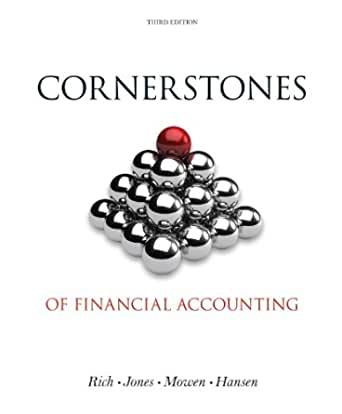Answered step by step
Verified Expert Solution
Question
1 Approved Answer
Just as with the price of a good, the price, or exchange rate, of a currency is determined by supply and demand. However, rather than
- Just as with the price of a good, the price, or exchange rate, of a currency is determined by supply and demand. However, rather than using a traditional supply and demand analysis as shown in Marthinsen, currency traders often consider whether funds will flow into or out of a country as a result of a particular economic circumstance. Marthinsen also employs this concept of investment flows in several analyses. Investors seek the highest worldwide return for their investments, so a change in economic circumstances can cause investments flows of trillions of dollars. If foreigners wish to make domestic purchases or investments, foreign currency must first be exchanged for the domestic currency. Thus, investment funds flowing into a country increase the demand for the domestic currency and it appreciates. Funds flowing out reverse this process leading to depreciation of the domestic currency.
In the table, place an X to indicate whether each economic condition will cause investment funds to flow in or out of the country and whether the domestic currency will appreciate or depreciate.
| Domestic circumstance relative to other countries | Funds flow in | Funds flow out | Currency Appreciates | Currency Depreciates |
| Taxes increase | ||||
| Inflation increases rapidly | ||||
| Expected stock market returns are high | ||||
| Economy enters severe recession (consider only import effect) | ||||
| Real GDP rises | ||||
| Import effect | ||||
| Expected asset returns | ||||
| Expected economic risk | ||||
| Rioting erupts in protest government policies | ||||
| A large deposit of rare earth minerals is discovered | ||||
| Central bank raises interest rates | ||||
| Asset prices are expected to appreciate | ||||
| Rapidly growing manufacturing sector imports more foreign raw materials | ||||
| World prices fall for the country's major export commodity | ||||
| Central bank purchase the domestic currency |
2. Figures 1 and 2 show US-Argentine exchange rate and the Argentine inflation rate. What is the apparent relationship between inflation and the exchange rate? Does the domestic currency appreciate or depreciate with increasing inflation? In one or two sentences, explain the relationship.



Step by Step Solution
There are 3 Steps involved in it
Step: 1

Get Instant Access to Expert-Tailored Solutions
See step-by-step solutions with expert insights and AI powered tools for academic success
Step: 2

Step: 3

Ace Your Homework with AI
Get the answers you need in no time with our AI-driven, step-by-step assistance
Get Started


